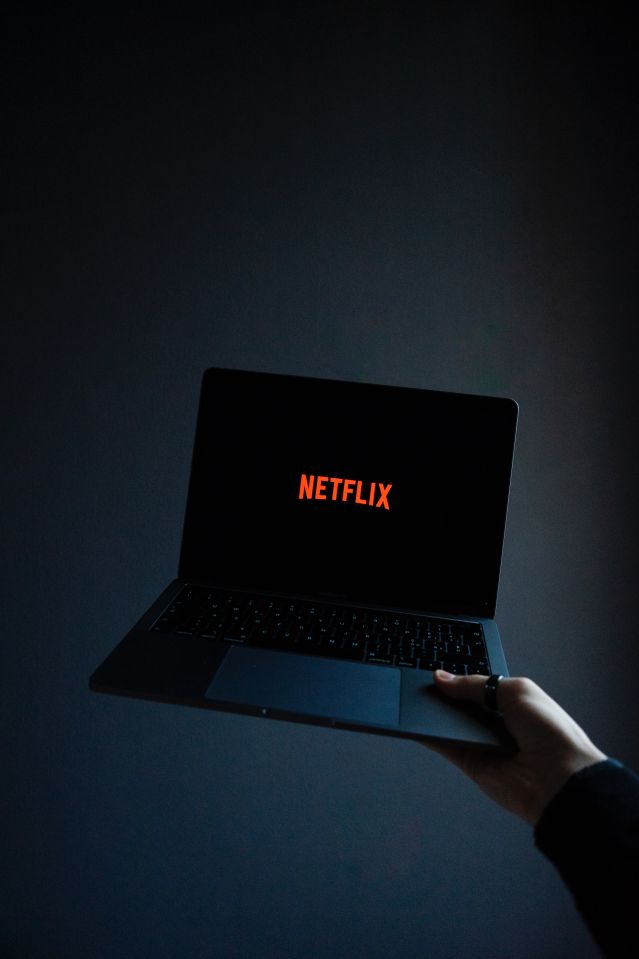Media
Why Did Netflix Release Precious Viewing Data?
Its transparency will also bolster the brand character they are cultivating.
Updated December 17, 2023 Reviewed by Lybi Ma
Key points
- Netflix's data sharing might nudge customers towards popular products that others enjoy.
- Simply knowing that others are doing something can increase the likelihood that we do it too.
- Findings to this end have been reported on diverse behaviors including energy use and voting.

This post is the first within a series that will look at Netflix, its place within the rise of the self, and its usage of methods such as personalization.
Netflix recently released a sizeable amount of their viewing data, revealing valuable numbers that would have before been difficult (and expensive) to obtain, if not impossible. Rather than being a one-off gesture, they have committed to releasing these figures biannually. A range of factors are likely to have driven this decision, including that one of the demands of striking Hollywood screenwriters was increased viewing transparency. Certain factors will likely be more directed towards benefitting the company itself and are psychological in nature; two of which seem to be the evocation of social norms, and the ongoing pruning of Netflix’s carefully crafted brand character.
Social Behaviors
That this psychological phenomenon has been given different names by different branches of knowledge is a testament to its popularity within the academy. In behavioral economics and philosophy, it is commonly defined as social norms, with the concept of empirical expectations explaining how social norms can be effective. In the world of media, it has been referred to as social proof. A little more straightforwardly, the concept of homophily also contributes, wherein we simply like to do what others we identify with are doing.
Social norms are concerned more with both what others are doing and what is acceptable to do, while empirical expectations hone in on what others are doing (which is different from normative expectations, that is, what an individual thinks others think should be done). Social proof inclines more towards evidence from others. There is a degree of overlap between the terms.
Nuances in terminology aside, a core theme throughout is the influence of what others are doing. Headings such as “Top 10,” the more ambiguously framed “trending,” as well as “others are watching,” all evoke these forces; this release from Netflix is another nudge to their customers to the same end. Humans tend to like to do what others are doing, and product designers have long been tapping into this.

The behavioral economics literature has offered up many instances in which social norms influence others, perhaps most famously regarding domestic energy use. Allcott (2011) reported that simply notifying households that their energy use was higher than that of their neighbors led to an average of a 2 percent decrease in use. Another famous application was in regards to voting behavior; Bond and colleagues (2013) reported that seeing messages such as “I voted” on Facebook impacted voting levels.
The behaviors themselves were being done already, what the release of the data does is increase the salience of that, and raise the consciousness of media consumers. Interested eyes should be on any changes to the viewing of the more popular titles on the list released by Netflix in the aftermath of its release.
Freedom, Responsibility, and Other Values
The second factor relates to how Netflix is presenting itself as a brand. In a field that is marked by caginess and protectiveness over viewing figures and product practices, Netflix marks itself as open and transparent, and consequently, projects a sense of self-assuredness and authenticity. Depictions of being democratic are also evoked, and this would supplement the brand’s low power distance approach to social media interaction. True to this line of thinking, Netflix officially states the importance of freedom and responsibility within its corporate culture. Indeed, Netflix’s stated values include the goal to “share information openly, broadly, and deliberately.” Their own Tech Blog regularly reveals intricate and intimate aspects of their practices. Does such positioning benefit in potential consumers? There is a range of studies that report the benefit of characteristics such as authenticity upon brands.
While Netflix’s approach has won awards and accolades within the industry, and its commanding share of the market being arguably the strongest indicator of its effectiveness, more precise scientific experimentation would be called for to make specific conclusions about its practices.
Whether the company’s value positioning is an insincere attempt to construct an image that is enticing to potential consumers or a sincere commitment to this ideology, is a determination beyond the scope of this post. It needn’t be either-or, though.
Conclusion
Baring these values in mind, the next part of this psychological reflection on Netflix will apply a wider lens, and consider how Netflix very much came to age as a child of its time, representing an ongoing and long historical process that witnessed both the rise and the atomization, of the self. The work of psychologist Roy Baumeister will be instructive to this end, as well as that of philosopher Charles Taylor.
There is an interesting dynamic at play when we consider that Netflix is simultaneously harboring human biases that incline towards sociality and social alignment, while also being a pioneer in the field of personalizing their product.




